Polyacrylamide Gel Electrophoresis
Polyacrylamide Gel Electrophoresis. SDS polyacrylamide gel electrophoresis shows that the 30S protein complexes of mammalian skeletal and cardiac muscles are composed of a single major high molecular weight RyR polypeptide and isoform-specific low molecular weight immunophilin (FK506 binding protein) which migrate with apparent Mr > 340000 (see Fig. 45.12B) and Mr ≈12000 (not visible on the gels in Fig. 45.12B), respectively.
Sodium dodecyl sulfate polyacrylamide gel electrophoresis (SDS‐PAGE) is a technique used to move charged molecules through a gel matrix by means of an electric current. This procedure is used to determine protein subunit composition, verify homogeneity of the protein sample, and purify proteins for use in other applications.
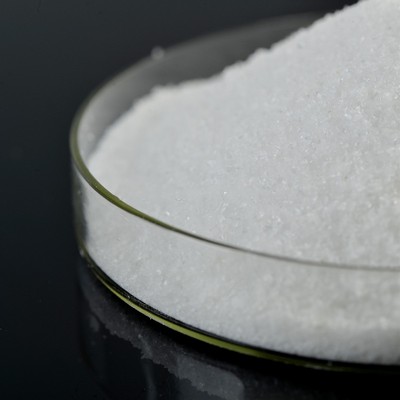
Polyacrylamide gel electrophoresis
Sodium dodecyl sulfate polyacrylamide gel electrophoresis (SDS-PAGE) is a method of separating molecules based on the difference of their molecular weight. At the pH at which gel electrophoresis is carried out the SDS molecules are negatively charged and bind to proteins in a set ratio, approximately one molecule of SDS for every 2 amino acids.
Get Price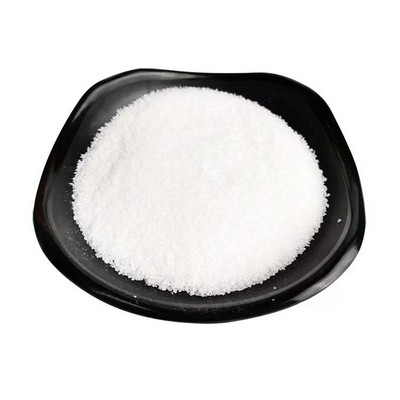
SDS-PAGE Analysis | LSR | Bio-Rad
Proteins in a sample can be analyzed and quantitated after electrophoresis. SDS-polyacrylamide gel electrophoresis (SDS-PAGE), a commonly used technique, can yield information about a protein's size (molecular weight) and yield (quantity). Image analysis software greatly enhances and facilitates these measurements.
Get Price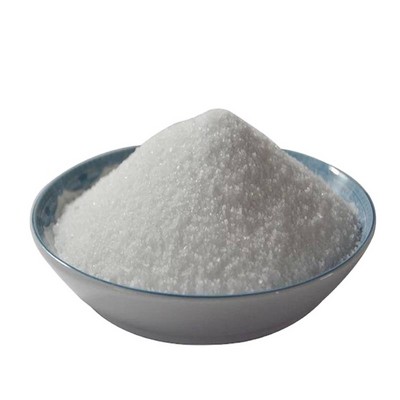
Polyacrylamide Gel Electrophoresis (PAGE
SDS-PAGE (Polyacrylamide Gel Electrophoresis), is an analytical method used to separate components of a protein mixture based on their size. The technique is based upon the principle that a charged molecule will migrate in an electric field towards an electrode with opposite sign.
Get Price
SDS-PAGE
SDS-PAGE is an electrophoresis method that allows protein separation by mass. The medium (also referred to as ′matrix′) is a polyacrylamide-based discontinuous gel. In addition, SDS (sodium dodecyl sulfate) is used. About 1.4 grams of SDS bind to a gram of protein, corresponding to one SDS molecule per two amino acids.
Get Price
The principle and Procedure of Polyacrylamide Gel
SDS-PAGE (sodium dodecyl sulfate – polyacrylamide gel electrophoresis) is a technique used to separate the proteins according to their masses. Separation of macromolecules under the influence of the charge is called electrophoresis. The gel used in SDA-PAGE is polyacrylamide and agent which is used to linearize the proteins is SDS.
Get Price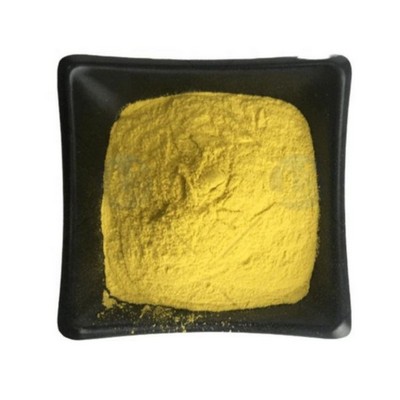
PMR launches market analysis report on SDS PAGE Products
The global SDS polyacrylamide gel electrophoresis (PAGE) market is set to exhibit a promising 5% CAGR during the forecast period (2024 – 2029). Introduction of 2D and 3D electrophoresis techniques has increased the sensitivity and reproducibility of SDS polyacrylamide gel electrophoresis.
Get Price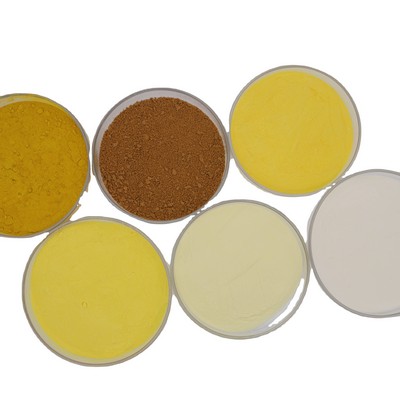
SDS-polyacrylamide gel electrophoresis
SDS-polyacrylamide gel electrophoresis. Electrophoresis is a technique for separating molecules on the basis of their charge and size. At an appropriate pH, the distance they move in an electric field depends on both their overall charge and also their size. The support medium for electrophoresis may be a strip of paper or cellulose acetate (as
Get Price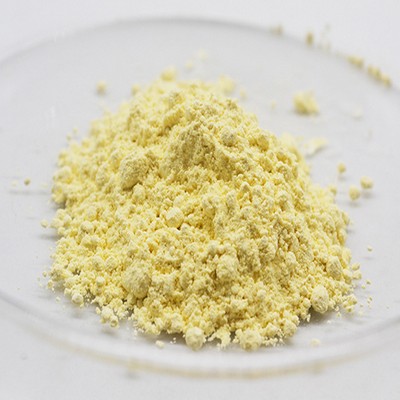
SDS-PAGE Analysis | LSR | Bio-Rad
SDS-polyacrylamide gel electrophoresis (SDS-PAGE), a commonly used technique, can yield information about a protein's size (molecular weight) and yield (quantity). Image analysis software greatly enhances and facilitates these measurements.
Get Price
Medicine Newbie: SDS-Polyacrylamide gel electrophoresis
SDS-Polyacrylamide gel electrophoresis Electrophoresis is the process in which charged particles migrate through a solid or liquid matrix in response to application of an electric field. Rate of particle movement is proportional to the charge:mass ratio of the particle and to its frictional resistance.
Get Price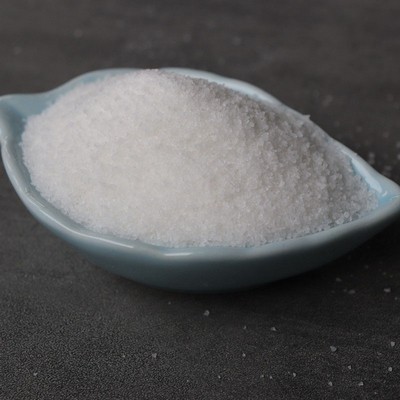
The principle and method of polyacrylamide gel
Polymerized acrylamide (polyacrylamide) forms a mesh-like matrix suitable for the separation of proteins of typical size. The strength of the gel allows easy handling. Polyacrylamide gel electrophoresis of SDS-treated proteins allows researchers to separate proteins based on their length in an easy, inexpensive, and relatively accurate manner.
Get Price
Polyacrylamide Gel Electrophoresis: Protein Separation
SDS Polyacrylamide Gel Electrophoresis (SDS-PAGE) is used to separate protein molecules based on size. By using sodium dodecyl sulphate (SDS) and a gel made from acrylamide, protein shape, structure and charge no longer become factors as proteins migrate on to gels and protein bands are only affected by size.
Get Price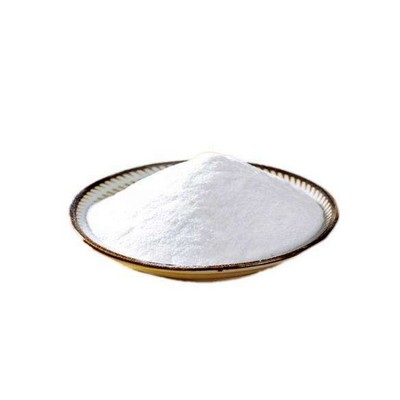
Polyacrylamide Gel - an overview | ScienceDirect Topics
Mark A. Skidmore, Jeremy E. Turnbull, in Chemistry and Biology of Heparin and Heparan Sulfate, 2005. 1 Polyacrylamide Gel Electrophoresis. Polyacrylamide gels are created by the polymerization of acrylamide monomers with the N,N-methlylenebisacrylamide cross-linker.The pore size, formed within the gel, is dependent on the amount of cross-linking and the lengths of the polymer chains.
Get Price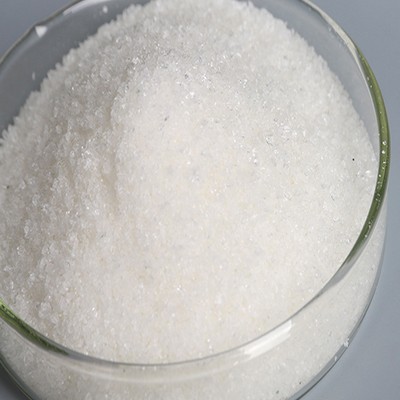
SDS-polyacrylamide gel electrophoresis
SDS-polyacrylamide gel electrophoresis Electrophoresis is a technique for separating molecules on the basis of their charge and size. At an appropriate pH, the distance they move in an electric field depends on both their overall charge and also their size.
Get Price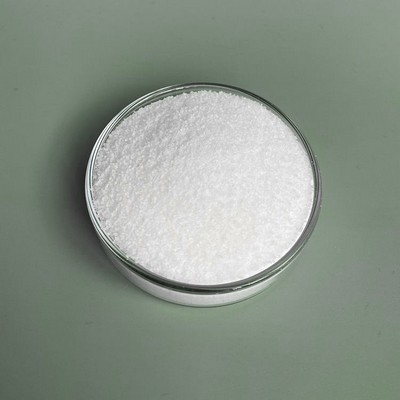
SDS‐Polyacrylamide Gel Electrophoresis (SDS‐PAGE
In polyacrylamide gel electrophoresis, proteins migrate in response to an electrical field through pores in a polyacrylamide gel matrix; pore size decreases with increasing acrylamide concentration. The combination of pore size and protein charge, size, and shape determines the migration rate of the protein.
Get Price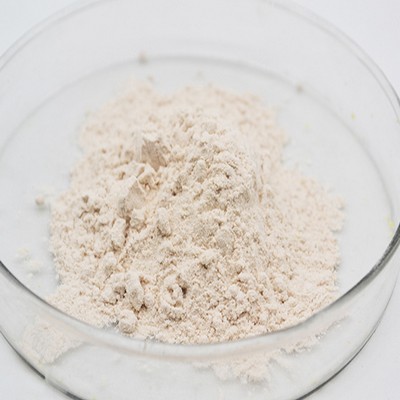
SDS Polyacrylamide Gel Electrophoresis of Proteins
The use of polyacrylamide gel electrophoresis in SDS for molecular weight determinations is based on the fact that the relative electrophoretic mobilities in solution or in polyacrylamide gel
Get Price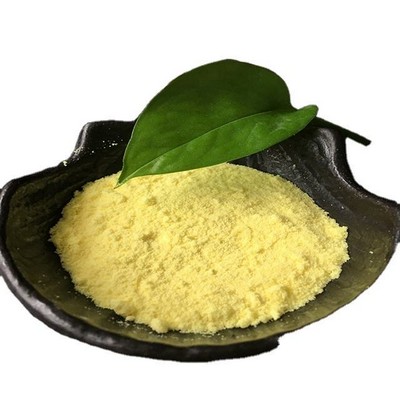
SDS-PAGE Analysis | LSR | Bio-Rad
SDS-polyacrylamide gel electrophoresis (SDS-PAGE), a commonly used technique, can yield information about a protein's size (molecular weight) and yield (quantity). Image analysis software greatly enhances and facilitates these measurements. This section provides some considerations during estimation of molecular weight, and describes relative and absolute quantitation of proteins.
Get Price
Enzyme Purification by Electrophoresis - Creative Enzymes
Sodium dodecyl sulfate polyacrylamide gel electrophoresis (SDS-PAGE) SDS-PAGE is a widely used method to analyze and isolate proteins. During the electrophoresis, proteins move towards to positive electrode, and the migration rate presents positive correlation to the molecular weight of the protein.
Get Price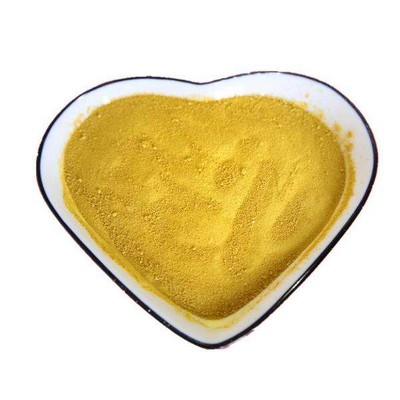
Polyacrylamide Gel - an overview | ScienceDirect Topics
Polyacrylamide gel electrophoresis. Polyacrylamide gels are three-dimensional networks of acrylamide reacted with the bifunctional reagent N,N'-methylene-bis-acrylamide (abbreviated as Bis) via a free-radical initiated vinyl polymerization mechanism. The pore size of the gel is very reproducible and is directly related to the ratio of acrylamide to Bis.
Get Price
Assay of proteins by Lowry's method in samples containing
The protein content in samples dissociated for SDS-polyacrylamide gel electrophoresis can thus be easily determined, and the amount of protein applied for electrophoresis can be accurately known. METHODS The standard method of Lowry et al. (8) was used, with bovine serum albumin (BSA) as standard protein.
Get Price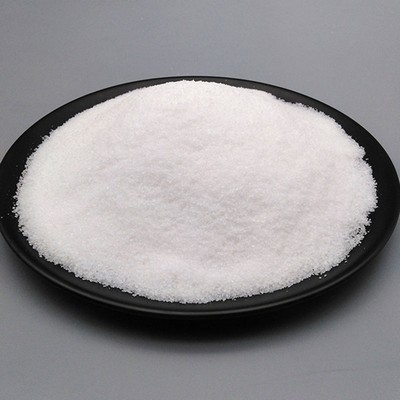
SDS–PAGE ANALYSIS OF PROTEINS AND COMPUTER INTERFACED
SDS–PAGE is the acronym for sodium dodecyl sulfate––polyacrylamide gel electrophoresis. SDS–PAGE is a simple and sensitive method used to fractionate proteins and provide an estimate of their denatured molecular weights. Protein samples are first boiled in a
Get Price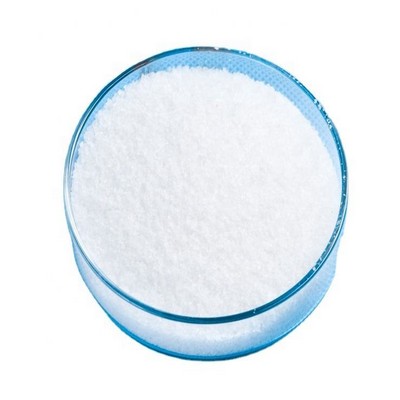
SDS‐Polyacrylamide Gel Electrophoresis (SDS‐PAGE
In polyacrylamide gel electrophoresis, proteins migrate in response to an electrical field through pores in a polyacrylamide gel matrix; pore size decreases with increasing acrylamide concentration. The combination of pore size and protein charge, size, and shape determines the migration rate of the protein.
Get Price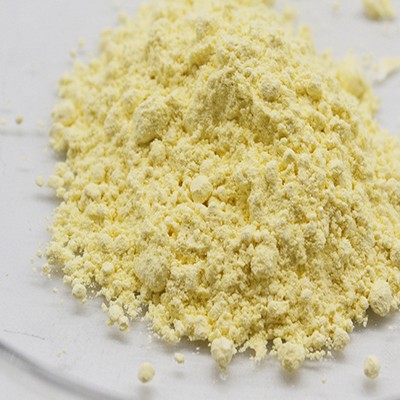
SDS Polyacrylamide Gel Electrophoresis (SDS-PAGE
The lower section is the resolving gel and ranges from 4-20% polyacrylamide (depending on the proteins investigated) and pH 8.8. It is in the resolving gel that the protein bands are analysed. As with DNA gel electrophoresis, protein samples are run against standards containing proteins of known sizes.
Get Price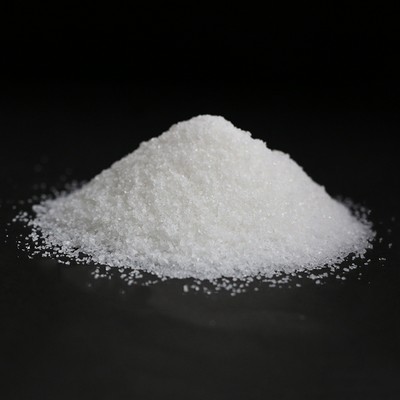
Polyacrylamide Gel Electrophoresis (Self Evaluation
PAGE (Polyacrylamide Gel Electrophoresis) , is the most widely used analytical method to resolve separate components of a protein mixture based on their size.
Get Price
SDS, 20% (w/v) Solution
SDS is a protein denaturant used in polyacrylamide gel electrophoresis for molecular weight determinations. It is also used to dissociate nucleic acid-protein complexes in DNA extraction protocols, to disrupt cell membranes, and to prepare pre-hybridization and hybridization solutions. Note: This contains 20% sodium dodecyl sulfate (SDS).
Get Price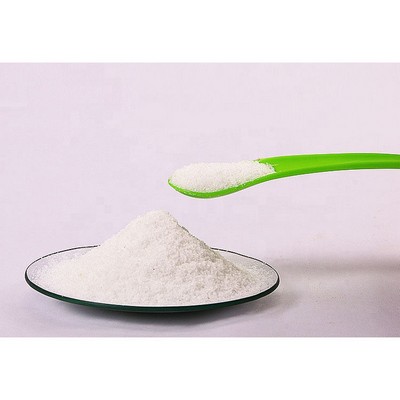
Gaia Science - Singapore
The PM1500 ExcelBand All Blue Regular Range Protein Marker is designed for monitoring protein separation during SDS-polyacrylamide gel electrophoresis, verification of Western transfer efficiency on membranes (PVDF, nylon, or nitrocellulose) and for approximating the size of proteins.
Get Price
SDS Solution - sodium dodecyl sulfate
Polyacrylamide Gel Electrophoresis (PAGE) is a technique in which the charge on the proteins results from their binding of SDS. Since the charge is proportional to the surface area of the protein, and the resistance to movement is proportional to diameter, small proteins migrate further.
Get Price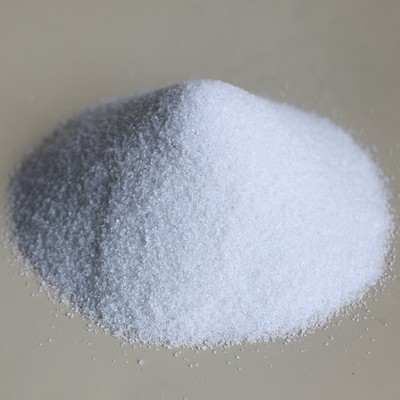
Gel electrophoresis - Tan - 2007 - Biochemistry
Agarose gel electrophoresis is widely used in teaching and demonstrating the key concepts in DNA science, as much as it is for research purposes. In Singapore, gel electrophoresis is taught to all junior college (senior high school) students doing biology as a subject.
Get Price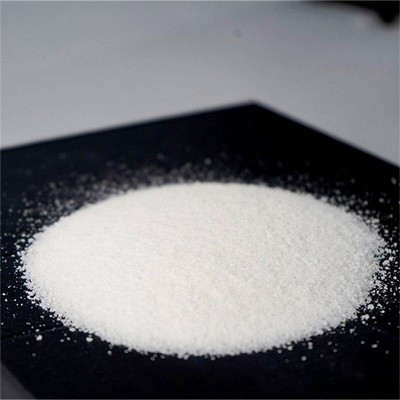
Polyacrylamide Gel Electrophoresis (Procedure) : Molecular
Set the voltage upto 180 V and run for 1 hour.(Don't allow the dye front to go out of the gel). Staining the gel: After running, switch off the power supply and take out the gel plates, remove the gel. Place the gel in the staining solution for 30 minutes. Destain the gel until the bands are properly seen.
Get Price- What are the uses of compressed air in wastewater treatment?
- Electric driven pumps are often not even considered. There are three primary uses of compressed air in all wastewater treatment applications: Aeration to supply the processing bacteria with oxygen support A continuous, driving pump to move the material. When aeration is required for the oxygen supply then the choices are somewhat limited.
- Do wastewater treatment plants need air compressors?
- Air compressors are valuable for wastewater treatment plants as they provide efficient compressed air to manage various treatment processes reliably and with ease. Here’s a closer look at wastewater treatment.
- How do you evaluate air compressor options for a wastewater treatment plant?
- To evaluate air compressor options for a wastewater treatment plant, consider the amount of pressure each type can provide. The overall efficiency of the equipment is also important, especially for reducing electrical consumption.
- Which type of air is needed for wastewater treatment?
- If air is needed for the wastewater treatment process and agitation alone is not enough, then there are really two choices – blower air or air compressor air. The proper choice will have a very positive impact on energy cost and, correctly applied and maintained, should enhance productivity.







